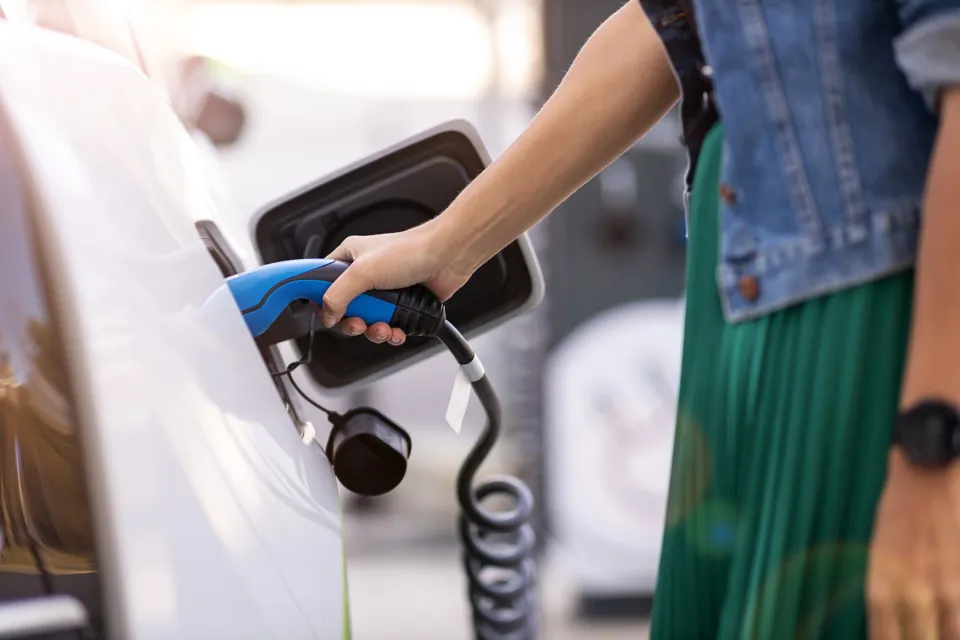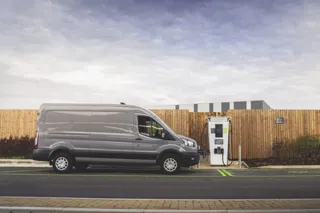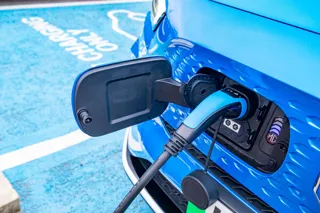Three electric vehicle (EV) charge point operators (CPOs) have raised the cost of charging at peak times, due to high wholesale electricity costs.
GeniePoint, Ubitricity and Char.gy have all joined Tesla in deploying dynamic pricing across their public networks, offering drivers lower rates for charging at off-peak hours, and higher prices during times of peak demand.
Oliver Archer, lead analyst at Cornwall Insight, said: “Against the backdrop of rising commodity costs, charge point operators are trying to price in a way that supports the best use of their network, while still reflecting high input costs. Dynamic pricing may be a useful tool in this task, if done well. In many cases it will clearly be preferable to pushing up costs across the whole day.
“The challenge lies in setting a tariff that works for CPOs and drivers. Using the public network can already be complex and frustrating, and CPO's need to ensure that dynamic pricing is seen as an opportunity by customers and not simply another inconvenience. This includes getting the tariff structure right and helping drivers to navigate a network of moving prices from multiple operators. The risk is that difficult decisions prompted by the energy crisis could push us towards dynamic pricing faster than we can help customers adjust to and take advantage of it.”
 The price that EV drivers pay at the charger is comprised of several aspects including: the cost of electricity, the cost of installing infrastructure, the operation and maintenance of the charging network, as well as VAT at 20% for public charging.
The price that EV drivers pay at the charger is comprised of several aspects including: the cost of electricity, the cost of installing infrastructure, the operation and maintenance of the charging network, as well as VAT at 20% for public charging.
Energy suppliers also add on non-commodity costs, their own running costs and margin on top of wholesale electricity.
While the CPOs have been motivated to implement dynamic pricing for similar reasons, the structures of their tariffs are varied, with differences between when peak prices occur and what are off-peak and peak rates. Ubitricity has also introduced an element of smart charging, with drivers able to delay charging until after the peak period ends.
Cornwall Insight says the optimum dynamic pricing structure will depend on the contracts between CPOs and energy suppliers, expected demand throughout the day, and the willingness of customers to adjust behaviour around the price. What works in one case may be less appropriate in another, depending on where the chargers are located.
The cost of charging an electric vehicle (EV) at home, on a standard variable tariff, has increased by around 20% this winter.
> Interested in comparing electric vehicle data? Check out our EV tool.
> Interested in ensuring the efficient use of EVs. Check out our dedicated editorial sections: Insight & policy | EV news | Charging & infrastructure | Costs & incentives | Benefit-in-kind | EV case studies | EV road tests





















Login to comment
Comments
No comments have been made yet.